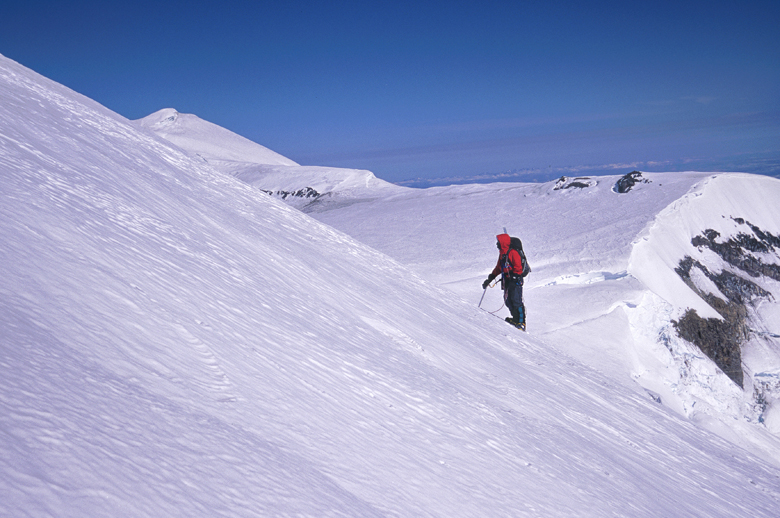
Prior to the mass migration along the Oregon Trail, only a few intrepid explorers had braved the wilds of the Pacific Northwest. One of the first to do so was a young Scottish botanist named David Douglas, lured to the region in 1825 by the promise of new species and hence riches from the Royal Botanical Society. For over a year he wandered the Cascades, a pack on his back, a gun over his shoulder, and a shaggy dog at his heels.
Climbing the western slopes he happened upon one of the world's great forests, dominated by a magnificent conifer that grew up to 200 feet tall and attained a circumference of 45 feet. At the time it was the new world's grandest tree, the sequoia as yet undiscovered. In those days there were millions of them, from tidewater to glacier toe at 7,000 feet, mantling hillside like textured velvet.
The Douglas Fir, as the tree came to be known, was an icon, unrivaled lord of the northern forests. Sadly, most of those trees are gone now, felled by the chainsaw to build homes and furniture for settlers pouring into the region by way of the Oregon Trail. This practice continued well into the 20th century. The only thing to slow the loggers down was lack of trees. Like Easter Island.
A second icon was exterminated more recently from this area. Lewis and Clark described the griz in their journals, indicating a deep respect for these formidable beasts. They were chased several times by bears that were mortally wounded. One, in particular, was shot 10 times in the chest, yet continued to pursue them for 20 minutes before it finally dropped dead. Much to the shocked explorers relief.
A hundred years ago thousands of grizzlies prowled the Pacific Northwest. But like the Douglas Fir they are gone now, victims of a systematic extermination program by men who wanted to rid their world of danger. So they shot the bear and built cars, highways, and nuclear power plants.